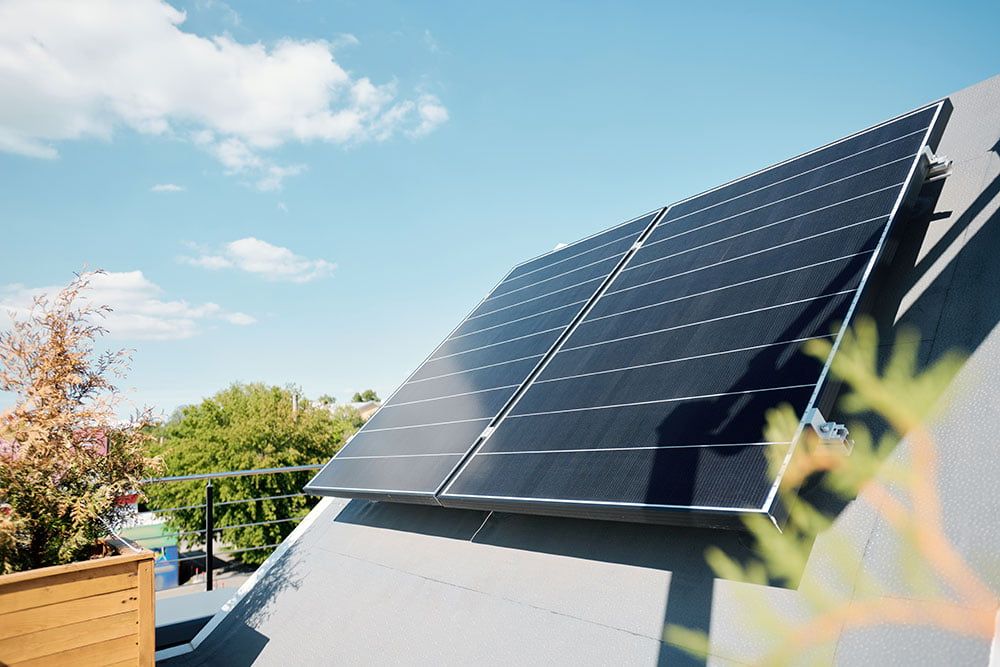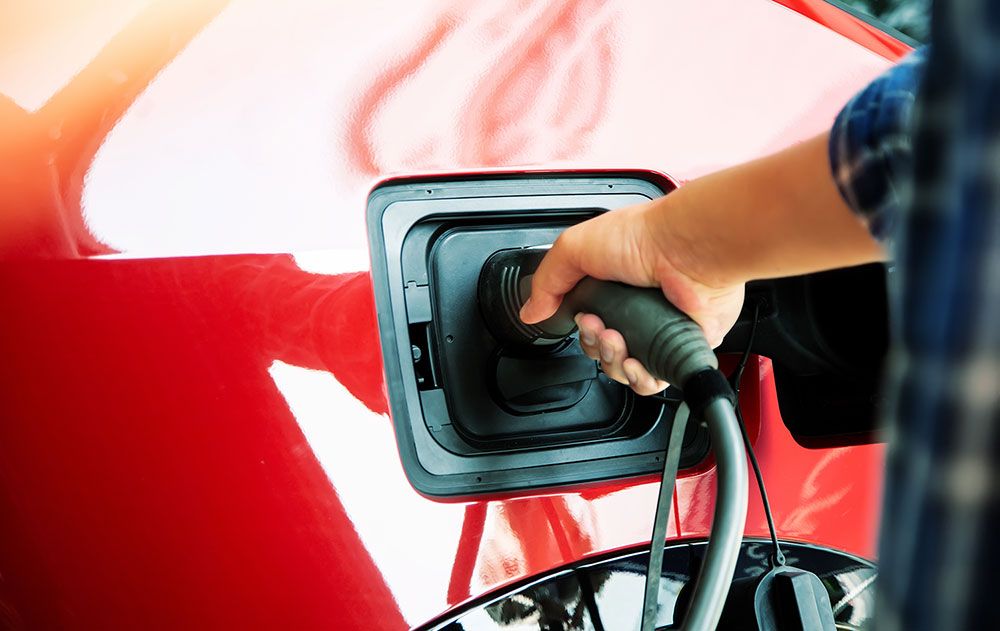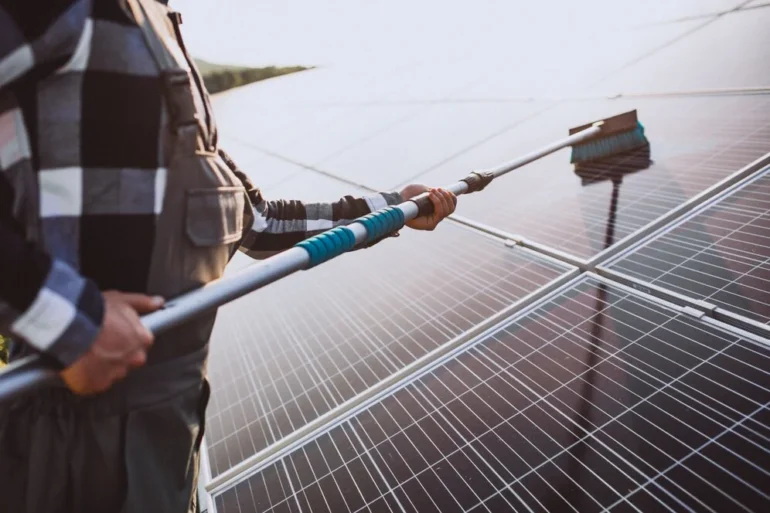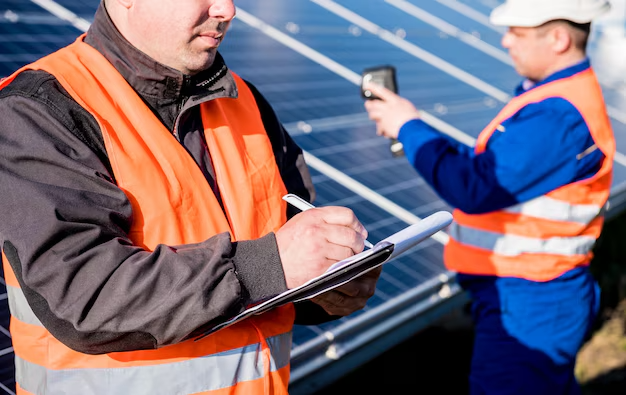Electric Car Home Solar Charging Guide
There are a lot of reasons why electric cars are more beneficial than a conventional car that uses petrol or diesel. First off, an EV is good for the environment. It helps reduce air pollution since this type of car has no exhaust emissions.
In some Australian states, EV owners can claim some form of reward or rebate. For instance, in the ACT, EVs registered are stamp duty-exempted. Meanwhile, those registered in Victoria get a $100 discount on yearly registration fees.
EVs are also cheaper to run and maintain. You can even use your renewable energy for your electric car. Many people worry about how much power they need to recharge the vehicle. After all, it is not like a phone that only requires a small amount of energy. We are talking about a fully functioning vehicle.

Thankfully, the car’s energy consumption is not the same as your whole house. You may have also heard about a certain method. If your answer to the two questions below is “yes,” then this method may be useful for you:
- Do you own an electric vehicle?
- Do you own a solar energy system during the life of your EV?
You may have guessed it already, but is it possible for you to charge your electric car using the power of the sun? Here is the simple answer: yes.
Solar Energy and Electric Vehicles
We now live in a wonderful time where electric cars exist. Technology has found many great methods that will allow us to save. One of the most important inventions of all time is the use of solar energy through a solar system. This system enables us to harness the limitless energy of the sun.
There may come a time when fossil fuels will run out. Consumption of fossil fuels is on the rise all around the world. The global temperature is increasing because of the continuous burning of these resources. To keep the average temperature below 1.5 degrees Celsius, there should be about 80% of fossil fuel reserves.
Renewable sources of energy, such as solar, are among the best solutions available today. Over the past decade or so, solar energy has become even more accessible to homes and businesses. According to Energy Matters, more than 20% of homes in Australia have installed solar panels over the last few years. This percentage is equivalent to over two million residents in the country.
Aside from the surge in demand for solar panel installations, the systems have a much higher energy capacity than previous generations of the technology. They can now handle the energy demands of the whole house. Perhaps you can add your electric car as well, right? Even more good news is the fact that companies, such as Tesla and Nissan, are making sure that electric cars will become more mainstream in the coming years.
Unfortunately, there still seems to be a lack of awareness regarding the scalability of solar energy systems. With such a characteristic, you can keep the costs low, especially during the installation process.
Charging EVs with Solar: Is It Possible?
It is not only possible to recharge your electric vehicle with solar; it is becoming commonplace around the world. Owners who know how to take advantage of their solar system understand that it can supply the needed power to charge their cars.
Most solar systems today can generate an adequate amount of electricity for the whole household. There is still some power left for charging a car. This common question often arises: What if you only have 10 solar panels? Can you use the solar system to charge a car? Yes, you can! You have enough supply to charge the battery of the car while still keeping the lights on in your home.
How Much Power Do You Need for Your EV?
Before starting, the first thing you need to do is to know your solar system’s capacity. If you do not have a solar system yet, but already own an electric car, it makes sense to calculate the energy you will need. Include the vehicle in your calculations – even if you do not truly intend to use solar for recharging.
Before the installation, figure out the energy your car battery will use. Gaining this simple piece of information will help you determine the solar array size to purchase. You should also consider the appliances and your main intention for the solar panel installation. It is rare for homeowners to use the system for the sole purpose of recharging their electric car, anyway.
You should also know the mileage rating of your vehicle. It will help you calculate your savings if you plan to switch from a conventional vehicle to an electric car.
How many panels do you need? Petrol cars use L/100km to determine fuel consumption. It simply states that the number of litres the car will consume to travel 100 kilometres. As for electric cars, they utilise kilowatt-hour per kilometre. Note that kilowatt and kilowatt-hour are not the same quantities. Therefore, it is important to know the difference between the two.

It may still sound a little complicated to you, so let us make it simpler. If you have a home that requires about 20kWh of power each day, your needs could be covered by approximately 16 panels or 5kW of solar capacity. When it comes to driving, you typically drive 10km daily and it can sometimes go up to 60km.
To know how much solar power you need, here is a guide for you:
- If you drive one to 20km daily, you need about 1kW of extra panels to charge in the daytime and 4kWh to charge at night using batteries.
- Driving 21 to 40km will require additional 2kW panels and 8kWh battery storage for night-time charging.
- If you drive at least 41km to 60km per day, you need up to 3kW additional capacity for daytime charging. Meanwhile, you will need 12kWh of additional battery to charge at night.
Still, the consumption will depend on the car itself. Some calculations show that a 40km/day driving will only use about 15% of the Nissan Leaf battery. For a Tesla battery, it would use up to 8%.
As for kWh, you should provide the additional solar supply of approximately 6kW daily for a Nissan Leaf electric vehicle. On the other hand, an 8kWh per day for a Tesla would be suitable for a 40km per day drive.
For most people, a 5kW solar system would be enough to give them the energy they need for their home and even their car.
More about the Numbers
You may also be interested in the amount of additional solar you would need to fully charge an electric vehicle, particularly with the number of panels and their capacity. The computations may be quite complex, but you can make it simpler when you know the size of the car’s battery.
Let us say that you have a car with a 40kWh battery pack. It also has a range of 270km. To charge the battery using solar power during the day, you will need to add additional 10kW, which is often equivalent to 32 panels. It is the same amount of power that you will need to fully charge the car.
Meanwhile, if you plan to charge it overnight, you will be required to install battery storage with 40kWh capacity.
What if you have a top-range car? It may have a 100kWh battery pack with 540km range. Charging the battery will require an additional 25kW system, which is equivalent to about 80 panels in total. You will also need a battery storage capacity of 100kWh to charge at night.
It can be quite difficult, especially because most network operators will not let homes to install solar panels with more than 15kW capacity. In reality, renewable energy, particularly solar, is not a one-size-fits-all approach.
There is little doubt that charging EVs via solar will soon be common practice. Although you may initially think that you will end up spending more money, the returns will be incredibly high after just a few years.
Grid power will only get more expensive while renewable energy will become much cheaper. You can also add in the savings you get from using solar panels for your power consumption.
Compared to using grid power to charge your electric car, solar systems can give you 50% savings – or even more, depending on your consumption, car, usage, and other factors. It is common knowledge that using solar power will help reduce your electric bills.
The equation is simple: If you have solar and you use it to charge your EV, the result is getting maximum energy savings.

Charging an EV with a Solar System
During the winter, rainy season, or cloudy days, you may still need to charge your electric car using grid electricity. Therefore, you can already tell that the best way to recharge your vehicle using the panels is when the sun is shining.
Charging during the day when the sun is bright will give you the benefits that you aim to receive. It is possible that you can get solar power that is equal to (or even greater than) the power needed to charge the vehicle’s battery.
If, on the other hand, you have no choice but to recharge during a cloudy day, you will still require grid power. It is especially true if you have a small system.
Another thing to consider is the inverter. The inverter you use for your solar system should be able to handle at least six additional panels. If you already have an existing system, you may have to add some more panels. You do not want to end up buying a new inverter to accommodate the extra power you need. Always think for the long term, especially if you already have an electric car in your garage.
Here are the other important things that you should know about if you plan to charge your electric car using solar panels:
- 1kWh of solar is not the same as 1kWh of car charge.Charging losses occur and they can normally be more than 10%. Therefore, you cannot expect the panels, inverters, and car batteries to function the way they claim. Certain inefficiencies take place, which you always have to consider when you charge for a full trip.Due to the losses, 1kWh system will only provide 900Wh of power for your car’s battery pack. If you wish to compensate for these losses, you need to add more solar panels on your roof.
- Battery storage is nice but you do not need it to charge your car at night.You will see numerous claims from companies telling you that you need battery storage to truly benefit from your solar system. Of course, these companies are selling the batteries, so you know why they give those claims.Indeed, you can charge the battery system during daytime using solar energy. The stored energy will then be used to charge your electric car at night. While it is not wrong to do so, it is highly unlikely that you are saving money from this method. You can even gain more when you sell your excess power to the electric company. Meanwhile, you can utilise controlled load tariffs for charging your car when connected to the grid.Another reason why you may want to skip using batteries is in relation to the environment. You help the environment more if you charge using your off-peak electricity during the night-time. Then, you send solar energy back to the grid during the daytime. The excess power you have generated will directly offset the electricity that comes from burning fossil fuels.
- There are three levels of charging.EV charging requires you to understand a few key things, including the charging levels, which are:
- Level 1The slowest out of the three, you can get about 20km per hour, although it may depend on your vehicle.
- Level 2The second level requires you to install a distinct EV charger, which gives more than 40km per hour. Expect to pay around $2,000 for the device. Some EV manufacturers need you to have a level 2 charger; otherwise, it will void the warranty.
- Level 3Public charging stations offer the level 3 method, often called rapid charging. An example is the Tesla SuperCharger, which has locations in Australia, such as Ballarat, Adelaide, Wodonga, Perth, Canberra, Coffs Harbour, and Euroa. If you are running short of charge, you should quickly find the nearest charging station. They supply about 400km per hour.
While level 3 chargers are useful and convenient, not all EVs can use them. Make sure that your car is compatible first before you even use a charging station.
- Consider micro-inverters.Above, we have mentioned that inverters are important. However, a growing trend is using micro-inverters instead of a single string inverter. With the micro-inverters, every solar panel will have its own inverter. Therefore, it will be easier for you to install additional panels in case your car demands so.When you use a microinverter, you will not have to worry about the capacity of your existing inverter. You also do not need to purchase another inverter to provide power for your electric car.
- It may help if you install a smaller solar system.If your room is big enough and there is room for another solar system, you can install another solar array. It may sound like another huge expense, but it can help significantly increase the solar power you generate. This addition will allow you to meet your energy needs today and in the future.Even better, you can save money since it is your second installation. Plus, you can claim tax credits for the new solar system.
For the final tip, always consider your future use of solar energy. Calculate how much you will need, not just for this year or the next, but several years beyond. Whether you plan to buy an EV or add more rooms to your home, you should think about your future energy consumption in the future.
Talk to your solar installer before you even decide on anything. EasySolar will help you compute how much energy you require for your home and EV charging needs.






